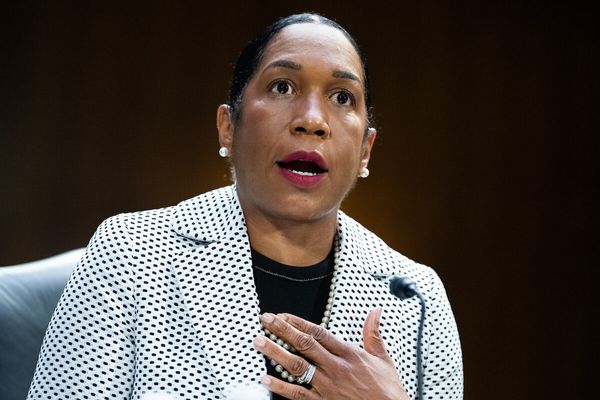
Once upon a time, in a world where interest rates held great power over the economy, markets were abuzz with a fascinating debate. Would rates continue to climb higher, or would they plateau and linger in their current realm? The answer, it seemed, was surprisingly optimistic.
In this captivating tale, investors found themselves engaged in a battle of speculations. The scene was set against a backdrop of economic growth, where the prospects of a robust recovery seemed within reach. As central banks hinted at a gradual tightening of monetary policies, the chatter shifted from when rates would go up to whether they would ever come down again.
A curious phenomenon emerged - the expectation that rates would rise indefinitely. The notion of rate cuts after 2024 became a distant fantasy, a relic of a bygone era when accommodative policies reigned supreme. Market participants, always hungry for clues and foresight, eagerly pored over every uttered word of central bank officials, dissecting their gestures and parsing their speeches in search of hints and breadcrumbs.
Amidst this fervor for insight, a narrative began to take shape. It seemed that markets had grown accustomed to the idea of higher rates being the new norm. As if adorned with rose-tinted glasses, investors saw a future where borrowing costs would steadily climb, reflecting a robust and flourishing global economy. The mindset shifted from anticipating rate cuts to embracing a world where rates remained steady or even inched upward, signifying a sustained period of growth.
The notion of higher rates forever, while seemingly contradictory to conventional wisdom, captured the imagination of those navigating the financial landscape. It was a narrative that hinted at a level of confidence in the global economy, where fears of inflation and economic overheating were balanced by a belief in the resilience of markets. This outlook, some argued, ushered in a new era of financial stability and signaled the end of an era where accommodative measures were necessary to prop up fragile economies.
As the drama unfolded, traders and investors pondered the implications of this brave new world. The idea that rates would rise indefinitely carried both promise and uncertainty. On one hand, it signaled the potential for healthier returns on investments, as fixed-income securities gained allure and savers were rewarded for capitalizing on the growing interest rate differentials. On the other hand, it raised concerns over the affordability of debt, with questions swirling about the implications for businesses, households, and governments alike.
Ultimately, the debate surrounding the trajectory of interest rates after 2024 captured the imaginations of market participants, with each side weaving their own compelling narrative. The expectation of higher rates forever fostered a sense of optimism, painting a picture of a robust global economy destined for sustained growth. It challenged conventional wisdom and pushed boundaries, encouraging individuals to question long-held beliefs and embrace the possibility of a new financial landscape.
While the outcome of this captivating tale remained uncertain, the journey was filled with intrigue and excitement. Market participants were reminded that in the ever-evolving world of finance, creativity and imagination were potent tools. As the saga continued, investors eagerly awaited the next chapter, knowing that whatever the outcome, it would shape their investment decisions and market behavior for years to come.







